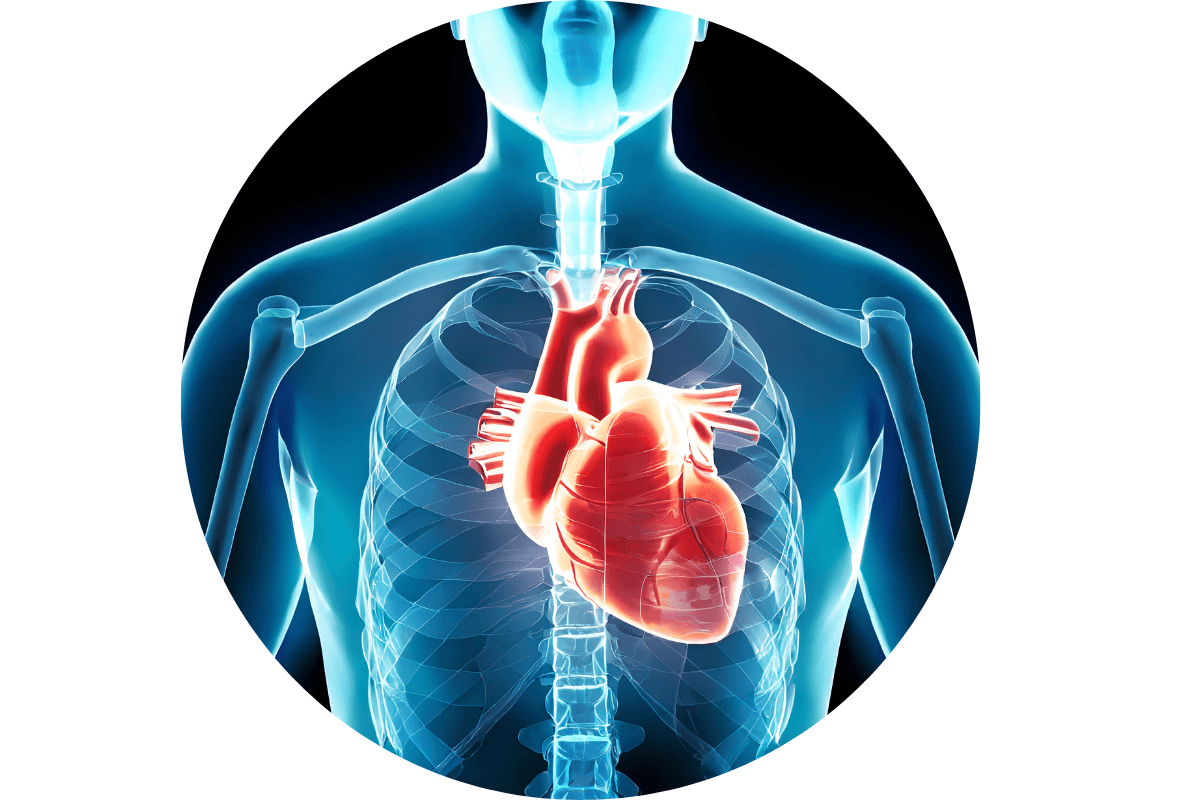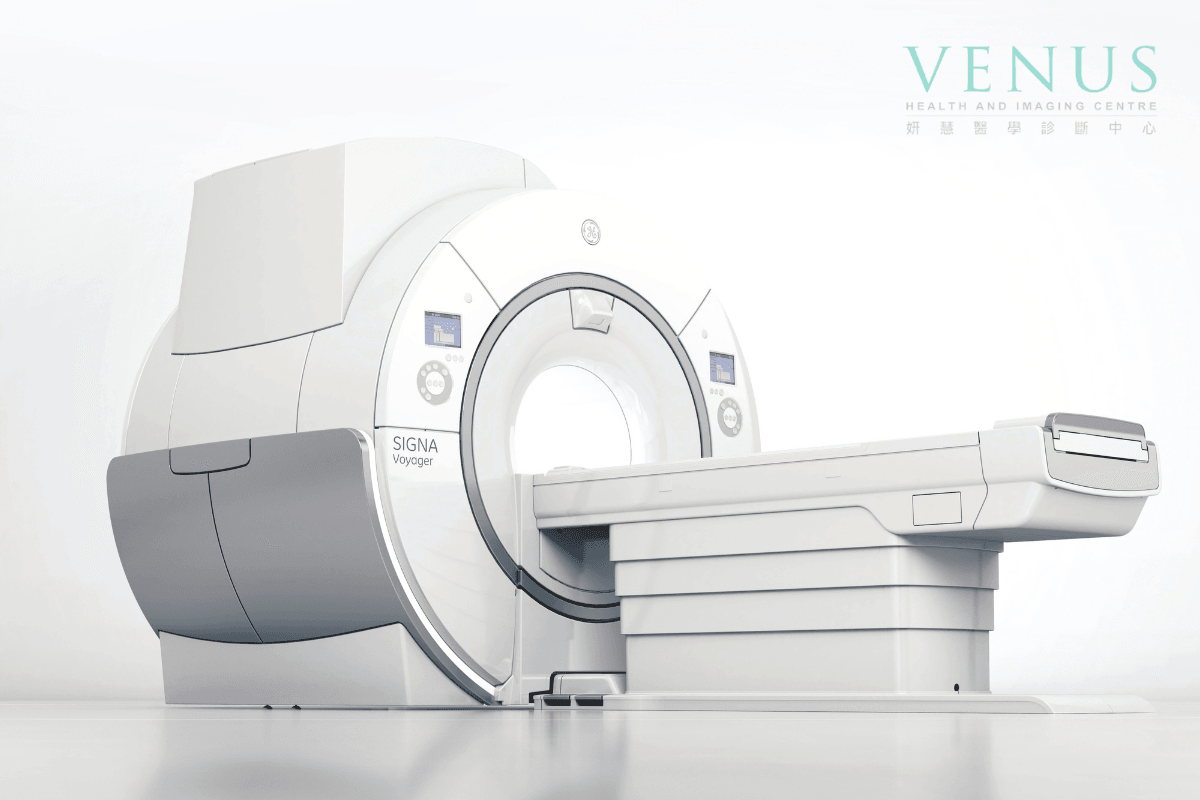
- Home 主頁
- About Us中心簡介
- HA公立醫院轉介
- FNA/Biopsy 抽取組織
- Health Info 健康資訊
- Contact Us 聯絡我們
- Doctor's Area 醫生專區
磁力共振掃描
1.5T Magnetic Resonance Imaging(MRI )
磁力共振利用強力的磁場及電腦科技,多角度透視人體內部組織和結構,提供精確的造影影像。磁力共振掃描不會產生輻射。
Magnetic Resonance Imaging combines magnetic field and technology to produce excellent images of various organs. MRI is safe and does not have radiation.
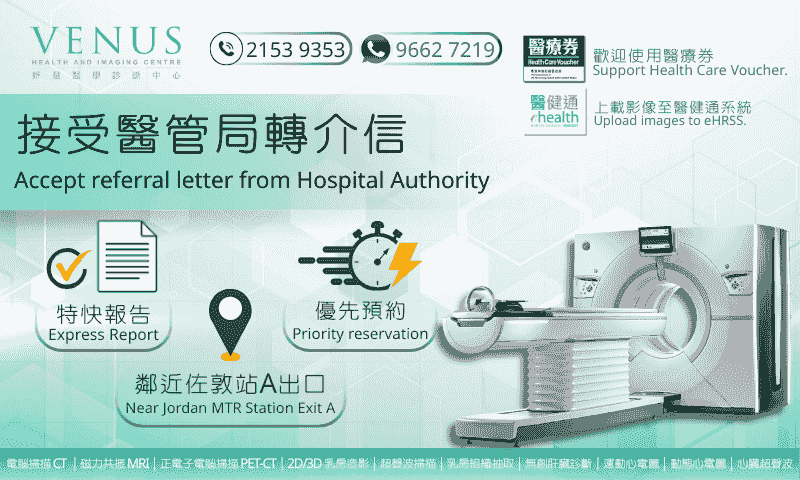
公立醫院轉介信預約
歡迎醫管局轉介信預約
歡迎使用醫療券
影像可上載至醫健通電子健康紀錄互通系統
Accept referral letter from HA.
We support the use of Health Care Voucher.
We can upload images to eHRSS.
磁力共振掃描原理
Principle of Magnetic Resonance Imaging (MRI)
磁力共振掃描(MRI)是一種不含輻射的醫學影像技術。它利用強力磁場及射頻(無線電波)脈衝,激發人體內水分的氫原子短暫重新排列使其釋放能量信號。
儀器會接收這些信號,再經由電腦運算,構成身體內部結構的多切面及立體影像。由於不同身體組織中的水含量及特性不同,MRI能清晰地分辨各種軟組織的結構。
Magnetic Resonance Imaging (MRI) is a medical imaging technique that is radiation-free. It uses a powerful magnetic field and radiofrequency (radio wave) pulses to temporarily realign the hydrogen atoms in the water within the body, causing them to release energy signals.
The instrument detects these signals, which are then processed by a computer to create multi-slice and three-dimensional images of the internal structures of the body. Because the water content and characteristics vary among different body tissues, MRI can clearly distinguish the structures of various soft tissues.
常見問題 (FAQ)
Common Questions (FAQ)
Q1.磁力共振 (MRI) 的價錢或費用是多少?
Q2.磁力共振 (MRI) 和電腦掃描 (CT) 有什麼分別?
Q3.是否所有磁力共振都需要注射顯影劑?
Q4.磁力共振 (MRI) 有副作用嗎?
Q5.整個檢查流程需時多久?我何時能取得報告?
磁力共振掃描用途Uses of (MRI)
磁力共振掃描能清晰顯示軟組織結構,適用於身體多個部位的檢查:
MRI can clearly display soft tissue structures and is applicable for examinations of various body parts, including:
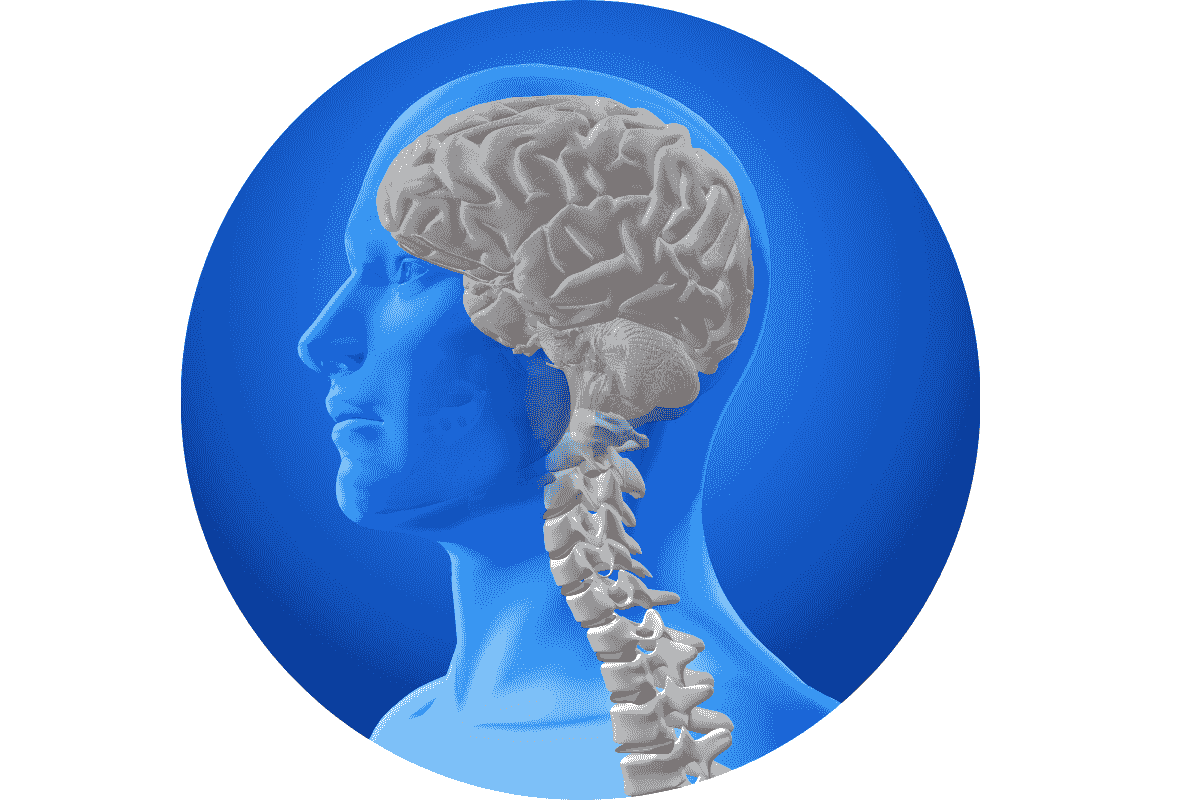
檢查部位 : 腦部、頭頸及脊椎
主要應用及診斷目的:
用於檢查腦組織、脊髓及神經線
評估中風、腫瘤或椎間盤突出等病變Examination Areas: Brain, Head and Neck, and Spine
Main Applications and Diagnostic Purposes:
Used to examine brain tissue, spinal cord, and nerve pathways.
Assessing conditions such as stroke, tumors, or herniated discs.
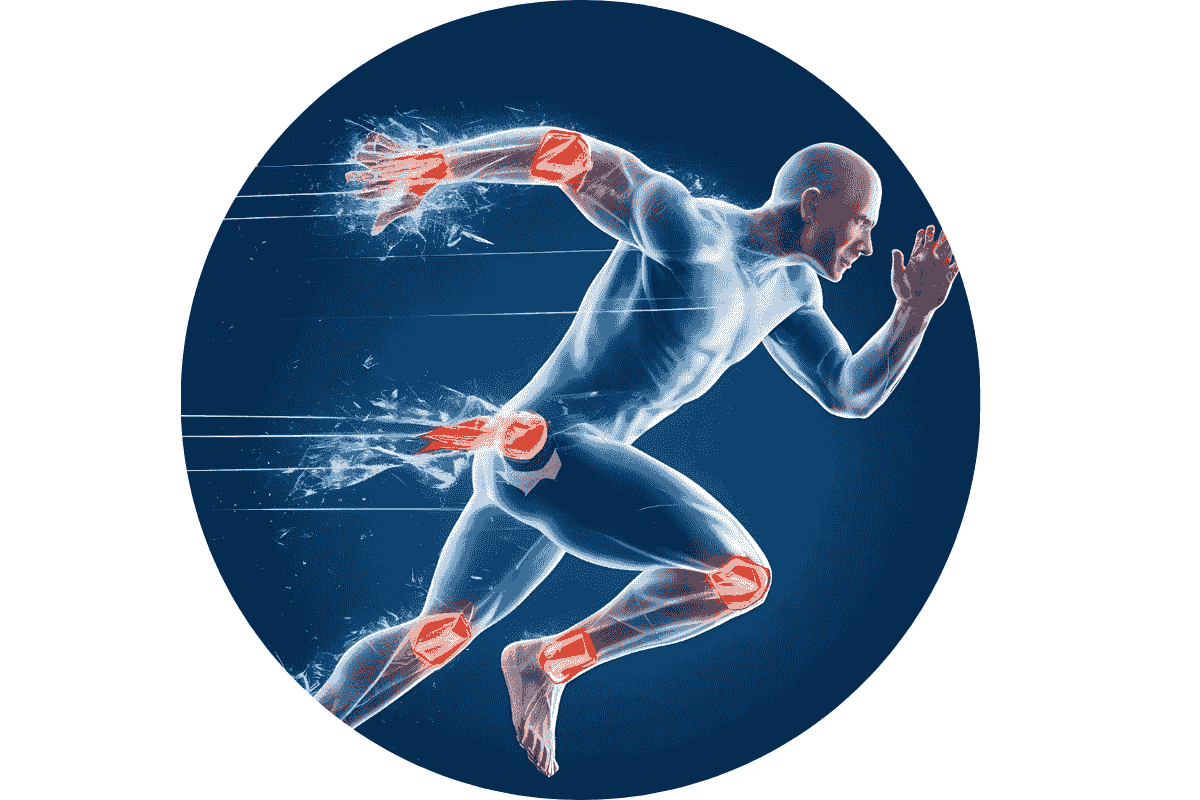
檢查部位 : 骨骼、關節及肌肉
主要應用及診斷目的 :
有效診斷韌帶、軟骨及肌肉的創傷或退化性問題
例如十字韌帶撕裂或肩袖損傷Examination Areas: Bones, Joints, and Muscles
Main Applications and Diagnostic Purposes:
Effectively diagnose traumatic or degenerative issues in ligaments, cartilage, and muscles.For example, anterior cruciate ligament (ACL) tears or rotator cuff injuries.
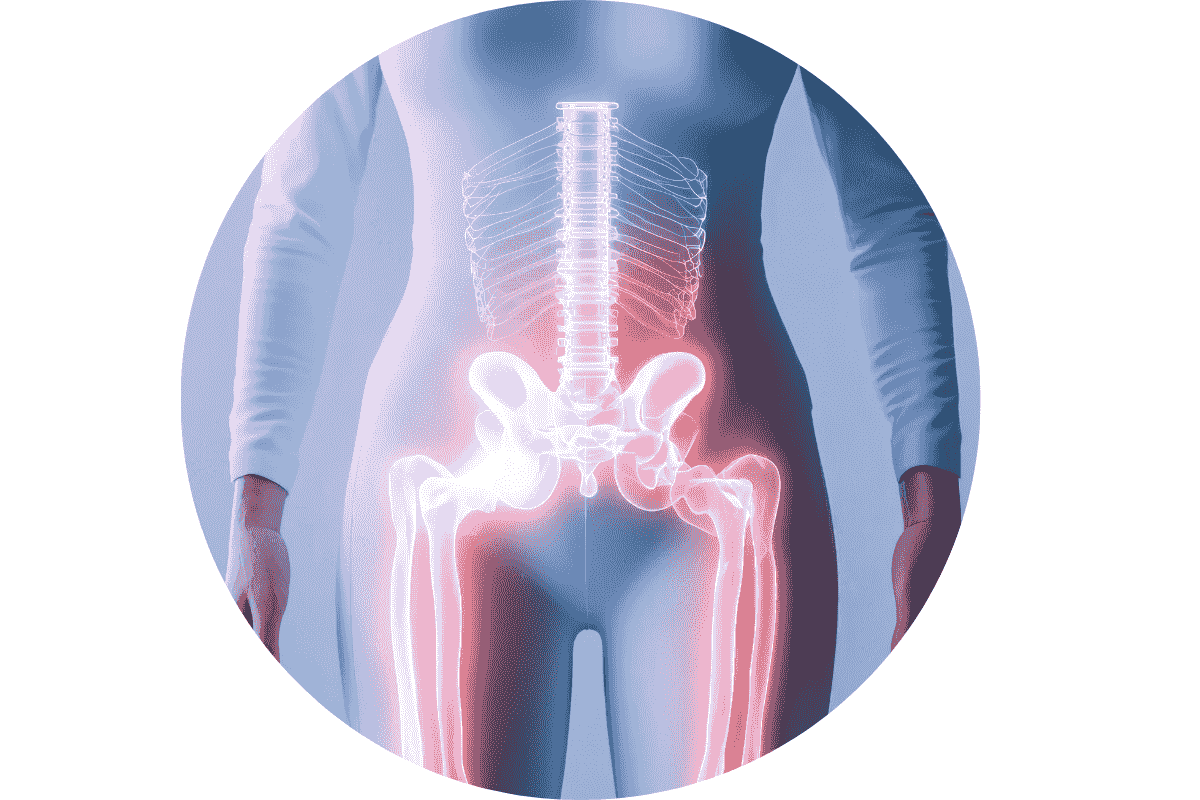
檢查部位 : 腹部及盆腔
主要應用及診斷目的 :
評估肝、膽、胰、腎等器官的狀況
磁力共振胰膽管造影(MRCP)是常用於檢查膽管及胰管的非入侵性方法Examination Areas: Abdomen and Pelvis
Main Applications and Diagnostic Purposes:
Assess the condition of organs such as the liver, gallbladder, pancreas, and kidneys.
Magnetic Resonance Cholangiopancreatography (MRCP) is a commonly used non-invasive method for examining the bile ducts and pancreatic ducts.

檢查部位 : 心臟
主要應用及診斷目的 :
心臟磁力共振(Cardiac MRI)可提供心臟結構、心肌功能及血流狀況的動態影像
用於評估心肌病、心臟腫瘤及先天性心臟病等Examination Areas: Heart
Main Applications and Diagnostic Purposes:
Cardiac MRI provides dynamic images of heart structure, myocardial function, and blood flow conditions.
It is used to assess cardiomyopathy, cardiac tumors, and congenital heart disease.
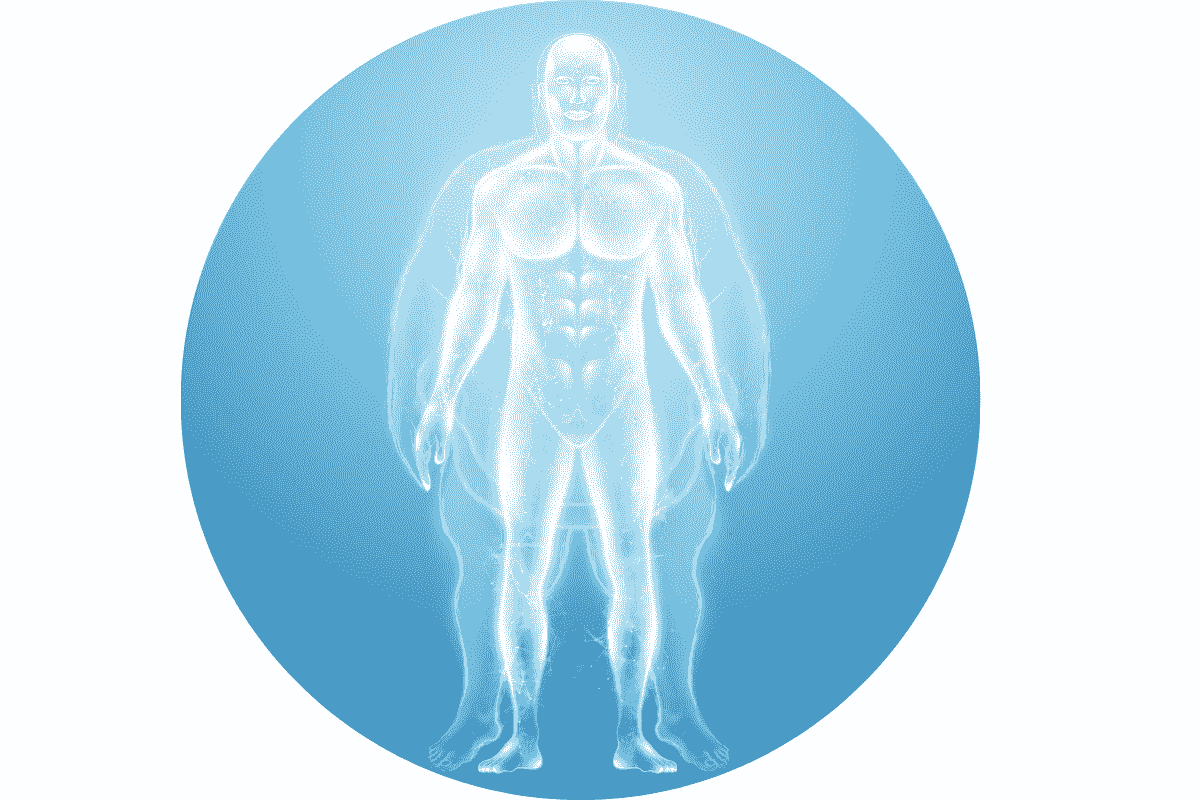
檢查部位 : 全身掃描
主要應用及診斷目的 :
全身磁力共振(Whole Body MRI)可作為癌症篩查,有助偵測惡性腫瘤或轉移
Examination Areas: Whole Body
Main Applications and Diagnostic Purposes:
Whole Body MRI can be used for cancer screening and helps detect malignant tumors or metastasis.

GE SIGNA Voyager 1.5T MRI
採用最新 DST (Digital Surround Technology) 環繞矩陣式梯度系統,多達 65個獨立資料傳輸通道, 極速重建影像,比市場現有磁力共振掃描器的影像品質更優越更清晰。
此外,Voyager 配置特大70 cm孔徑,帶來超卓訊雜比,為病人提供更寧靜的掃描體驗。
Use of the latest DST (Digital Surround Technology) and 65 channels independent signal transmission, this MRI machine is capable of much faster reconstruction speed, leading to sharper image quality.
It is also equipped with 70cm wide bore, bring excellent signal-to-noise ratio and much lower sound level for better patient comfort and experience.
過程:
- 病人將躺在磁力共振掃描床上,如有需要,一些儀器會蓋在客人身上,掃描床會慢慢移向一個開放式的大磁石內進行掃描。
- 在檢查過程中,掃描器會不斷發出聲音,客人只需在整個檢查過程中躺下不動。
Procedure:
- You will be positioned on an exam table and slowly moved into an open magnet.
- During the exam, the MRI will make loud noise. We will provide headphones. The only thing you need to do is to stay still and relax throughout the exam.
磁力共振(MRI)掃描前,如有以下情況,請務必通知我們。
Please alert our staff if you have any of the following:
- 腎衰竭病史 History of Renal Failure
- 幽閉空間恐懼症 Claustrophobia
- 心臟起博器 /心律去顫器/人工心瓣 Cardiac Pacemaker/ Cardiac Defibrillator/ Artificial Heart Valve
- 助聽器/神經刺激器. Cochlear Implant/ Neurostimulator
- 血管夾 Aneurysm Clips/ Vascular Stent
- 人工關節/骨科手術金屬植入物/體內金屬異物/假牙 Metal Implant/ Metallic Foreign Body/ Metallic Dental Implant
- 砲彈或子彈傷口 Shrapnel/ Bullet wound
- 紋身或永久性化妝品 Tattoo/ Permanent Cosmetics
- 子宮環 IUCD
- 懷孕 Pregnancy
檢查前注意事項
Preparation Before Exam
- 接受顯影藥水檢查前,病人不需要禁食,但需要3個月內腎功能驗血結果。
- 接受上腹或全腹部(包括胰膽管造影)磁力共振造影檢查之人士, 需於檢查前四小時禁飲食。
- For contrast study, there is no need to fast prior to exam.
- Renal Function: Creatinine within 3 months is required.
- For Abdominal MRI (including MRCP): Fast for 4 hours






